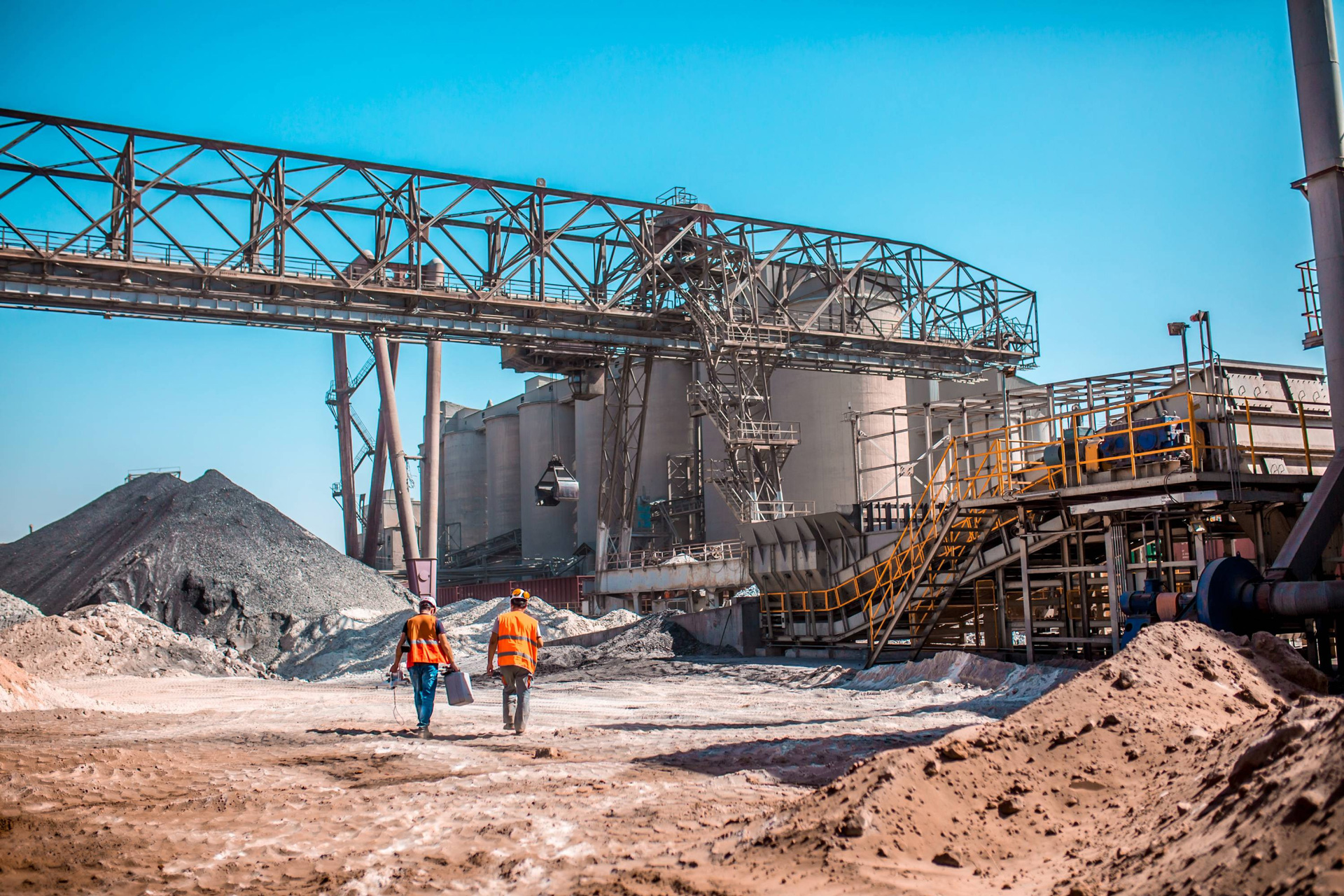NEWS, INTERVIEWS AND EVERYTHING RELATED TO PERUMIN IN THE MEDIA
, MARCH 18 2021By executing the mining projects in the portfolio the poverty rate will be reduced by 15%

- The startup will generate tax revenues of more than S/ 80 billion for the State by 2031.
- It is estimated that, in 2031, mining will benefit 36% of the national population.
- Copper prices are going up; however, Peru is only planning to execute two new copper projects in the next 7 years.
The execution of the portfolio of mining projects (valued at $ 56.158 billion) will reduce national poverty to 15% in the next ten years (by 2031). This represents 12 percentage points less than the current poverty rate, which would have risen to approximately 27% (at the end of 2020) due to the effects of the pandemic. This is included in the study “Mining: Development Opportunity In The Face Of The National Crisis” developed by the Peruvian Institute of Mining Engineers (IIMP) and the Center for Competitiveness and Development (CCD) of the San Martín de Porres University, and introduced as part of the activities of Heading to PERUMIN.
The study also indicates that the new mining projects will generate fiscal resources of more than S/ 80 billion by 2031. In addition, it is estimated that, in said year, mining will benefit more than 36% of the national population (more than 15.5 million people), through 3.8 million of direct and indirect jobs. Also, the mining industry is estimated to have an important contribution to national economic growth, with 1.3 percentage points annual average by 2031 (approximately one third of the country’s potential economic growth).
“We believe that today mining is the main player of the country to recover the economic growth. We have a rich mining tradition also recognized worldwide given our vast resources in copper, gold, silver, zinc, tin, among other minerals that we must exploit in a sustainable way for the benefit of the country”, said Miguel Cardozo, president of Heading to PERUMIN, also vice president of the IIMP.
Generation of wealth
The study carried out as part of Heading to PERUMIN also highlights that mining has contributed to the reduction of poverty in recent decades. Since 2004, the poverty rate has dropped by 38.5 percentage points, reaching 20.2% in 2019. Without the proper use of mining resources, the population living in poverty would have been 35.5%.
This positive impact, as explained in the analysis, responds to the economic dynamics of the sector in recent years. Since 1980, mining represents more than 50% of Peru’s total exports. In 2020 alone, these represented 61%, generating revenues of more than $ 25 billion. On the other hand, investments in the sector in the last 25 years (1995-2020) reached $ 80.857 billion to benefit the country.
“The calculations also show that in the last 20 years (2001-2020), mining has generated more than S/ 127 billion for the State through taxes and fiscal contributions, figures that represent 464 level III hospitals; 254,644 ICU beds and more than 50,000 oxygen plants”, said Rudy Laguna, director of the CCD. He also specified that, out of that total, S/ 66 billion were mining canon and royalties transferred to regions.
Good opportunity to boost mining
The IIMP and CCD study also highlights that ore prices are currently going up. In the case of copper, it has been reaching the levels of years 2011 and 2012, a period known as the world’s copper boom, where the price per metric ton (MT) exceeded $8,800. “This constitutes a great opportunity for Peru, which estimates to produce more than 2,600 million MT in 2021 and 2022”, says Rudy Laguna from the CCD.
However, Miguel Cardozo, president of Rumbo a PERUMIN, noted that, despite this favorable international market scenario, the Peruvian agenda only includes the execution of two new copper projects for the next 7 years: Mina Justa ($ 1.6 billion) and Quellaveco ($ 5.3 billion). Other large-scale projects such as La Granja ($ 5 billion), El Galeno ($ 3.5 billion) and Los Chancas ($ 2.6 billion) have been postponed until the end of this decade. “We need to take measures to speed up the start-up of mining projects and promote exploration. Only in this way the country will we be able to take advantage of this good opportunity to reverse the effects of the crisis”, said the specialist.
The study introduced within the framework of Heading to PERUMIN highlights the importance of mining in the national development during the last decades, in addition to evidence the need to strengthen the industry as a fundamental tool to overcome the current economic and social crisis that the country is facing and promote the welfare of the population.
ADDITIONAL INFORMATION:
- Peru is the world’s second largest producer of copper, silver and zinc. It is also the third largest producer of lead, fourth of tin and eighth of gold.
- Copper projects represent 68% of the country’s mining project portfolio. Gold projects, meanwhile, represent 14%, followed by iron projects (9%), phosphate (4%), zinc (3%), uranium / lithium (2%) and silver (1%).
- In the last two decades, Ancash has been the region that received the largest mining canon and royalties transfers: S/ 14.89 billion, followed by Arequipa (S/ 8.721 billion), Cajamarca (S/ 7.581 billion) and Apurímac (S/ 1.288 billion).







